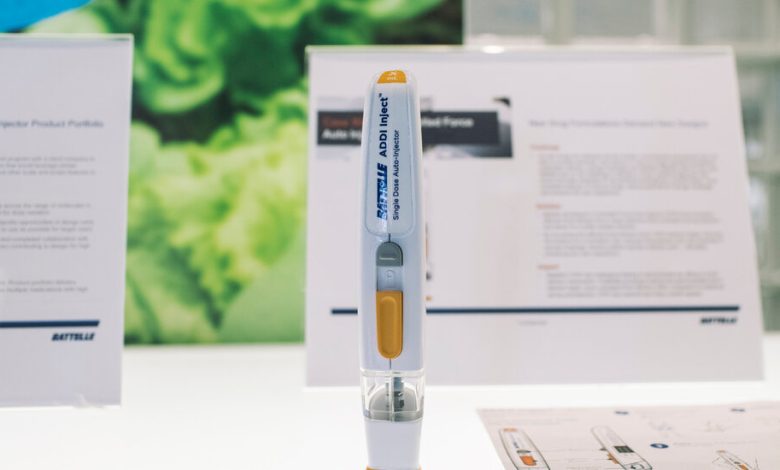Your Inhalers and EpiPens Aren’t Very Healthy for the Environment

Single-use insulin pens changed Brian Brandell’s life.
Growing up with Type 1 diabetes in the 1970s, he had to carry glass syringes and vials of insulin wherever he went. So in 1985, when Novo Nordisk debuted a disposable prefilled pen that combined several doses of medication with a syringe, Dr. Brandell readily adopted the new device.
“They were a godsend,” he recalled.

Brian Brandell, a biomedical engineer, is trying to do something about plastic waste from discarded single-use injector pens.Credit…Tojo Andrianarivo for The New York Times
But more recently, he began weighing the effects of all the plastic in the pens he had thrown away over the years, and the potential harm to people and his surroundings.
“I’m using this lifesaving product,” he said with frustration, “but in order for me to use it, I’ve got to be willing to damage the environment.”
It’s no secret that the world has a plastic problem. The versatile, durable and cheap material is clogging the world’s oceans, leaching toxins into its biomes and contributing to climate change. Some countries have been drafting a treaty proposal that might ban select single-use products and set goals for reducing plastics production worldwide. But negotiations have snagged over opposition from the fossil fuel and chemical industries.
Worldwide, the health care industry used more than 24 billion pounds of plastic in 2023, and is forecast to generate 38 billion pounds annually by 2028, according to BCC Research, a global market research firm.




